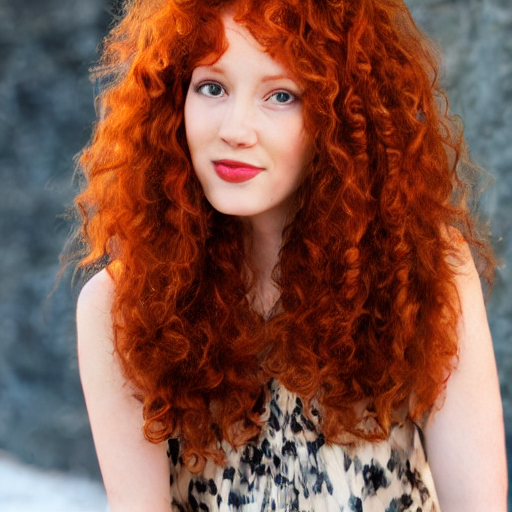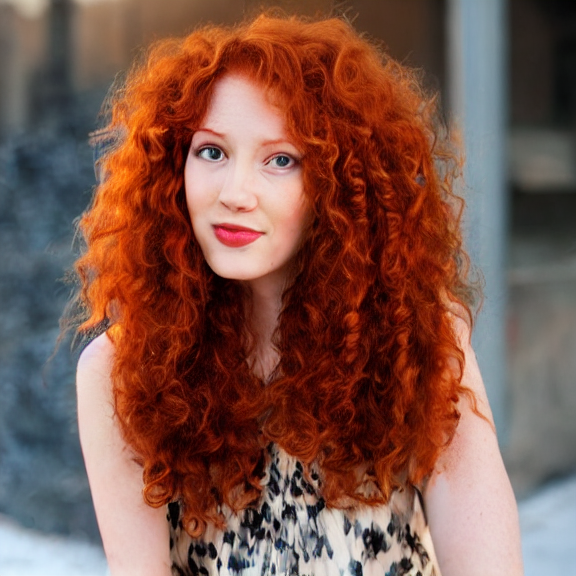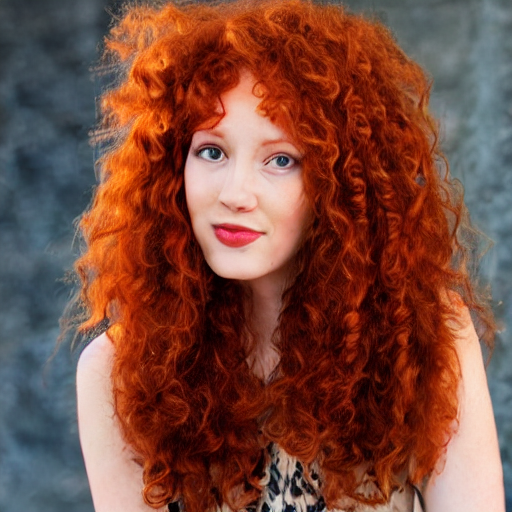- rename dream.py to invoke.py - create a compatibility script named dream.py that execs() invoke.py - redo documentation - change help message in args - this does **not** rename the libraries, which are still ldm.dream.util, etc
3.4 KiB
| title |
|---|
| Outpainting |
:octicons-paintbrush-16: Outpainting
Outpainting and outcropping
Outpainting is a process by which the AI generates parts of the image that are outside its original frame. It can be used to fix up images in which the subject is off center, or when some detail (often the top of someone's head!) is cut off.
InvokeAI supports two versions of outpainting, one called "outpaint" and the other "outcrop." They work slightly differently and each has its advantages and drawbacks.
Outcrop
The outcrop extension allows you to extend the image in 64 pixel
increments in any dimension. You can apply the module to any image
previously-generated by InvokeAI. Note that it will not work with
arbitrary photographs or Stable Diffusion images created by other
implementations.
Consider this image:
Pretty nice, but it's annoying that the top of her head is cut off. She's also a bit off center. Let's fix that!
invoke> !fix images/curly.png --outcrop top 64 right 64
This is saying to apply the outcrop extension by extending the top
of the image by 64 pixels, and the right of the image by the same
amount. You can use any combination of top|left|right|bottom, and
specify any number of pixels to extend. You can also abbreviate
--outcrop to -c.
The result looks like this:
The new image is actually slightly larger than the original (576x576, because 64 pixels were added to the top and right sides.)
A number of caveats:
-
Although you can specify any pixel values, they will be rounded up to the nearest multiple of 64. Smaller values are better. Larger extensions are more likely to generate artefacts. However, if you wish you can run the !fix command repeatedly to cautiously expand the image.
-
The extension is stochastic, meaning that each time you run it you'll get a slightly different result. You can run it repeatedly until you get an image you like. Unfortunately
!fixdoes not currently respect the-n(--iterations) argument.
Outpaint
The outpaint extension does the same thing, but with subtle
differences. Starting with the same image, here is how we would add an
additional 64 pixels to the top of the image:
invoke> !fix images/curly.png --out_direction top 64
(you can abbreviate ``--out_directionas-D`.
The result is shown here:
Although the effect is similar, there are significant differences from outcropping:
- You can only specify one direction to extend at a time.
- The image is not resized. Instead, the image is shifted by the specified number of pixels. If you look carefully, you'll see that less of the lady's torso is visible in the image.
- Because the image dimensions remain the same, there's no rounding to multiples of 64.
- Attempting to outpaint larger areas will frequently give rise to ugly ghosting effects.
- For best results, try increasing the step number.
- If you don't specify a pixel value in -D, it will default to half of the whole image, which is likely not what you want.
Neither outpaint nor outcrop are perfect, but we continue to tune
and improve them. If one doesn't work, try the other. You may also
wish to experiment with other img2img arguments, such as -C, -f
and -s.


